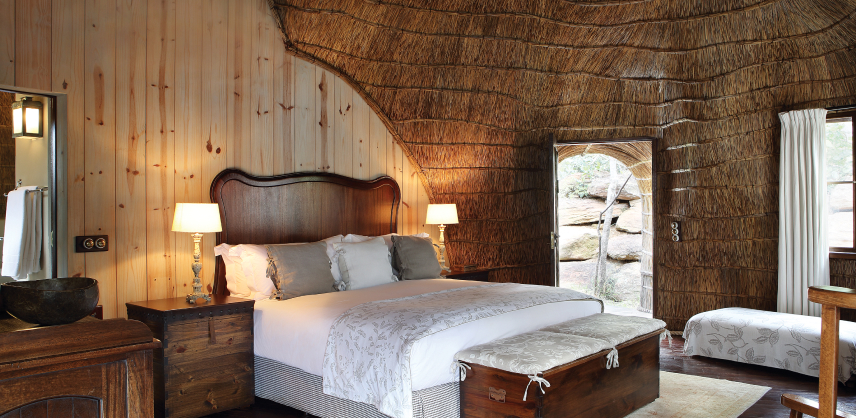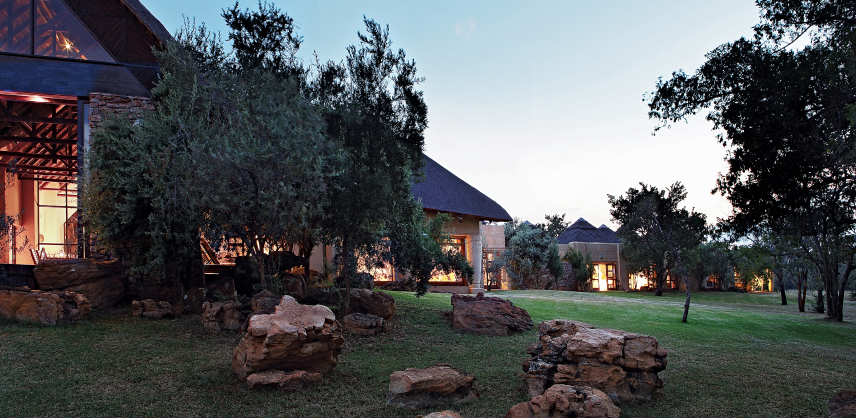The winter months of June, July and August bring cooler temperatures and drier weather to South Africa. Such a combination delivers the perfect opportunity to gaze at faraway galaxies and constellations. The dark, quiet bush of Shambala Private Game Reserve makes for a dreamlike celestial stage, as countless pinpricks of diamond white light illuminate the sky and shooting stars fleetingly flash by.
Stargazing is better in the southern hemisphere
A commonly observed irony in astronomy circles, the most interesting regions of our galaxy are in the Southern Hemisphere while the majority of astronomers are in the north.
But what makes the Southern Hemisphere so special? It’s blessed by orientation. The South Pole looks to the galactic centre of the Milky Way, while the North Pole looks outwards to the universe and beyond.
What to look out for
The Brightest Stars
With virtually no light pollution in the Bushveld, it’s easy to stargaze in Shambala with the unaided eye. Clearest to spot will be the three brightest stars in the night sky: Sirius, Canopus and Alpha Centauri. Sirius means "glowing" in Greek, and it was well-known to the ancients because of its luminosity. Canopus is easily visible from the Southern Hemisphere and will be a treat for observers from the northern U.S., or similar latitudes, who never get see it back home. The third brightest, Alpha Centauri, is the Earth’s nearest stellar neighbour and has recently excited scientists as its system could harbour at least one potentially habitable planet.
The Milky Way
Perhaps the finest stargazing sight, marvel at the Milky Way from the peace and solitude of Shambala and feel like you have the world entirely to yourself. Endlessly captured by photographers, observers can witness first-hand the Milky Way’s long arc of star clouds in the winter sky. The full grandeur of the Milky Way is a breath-taking sight, and one of that will stay in the memory forever.
The Big Five of the African sky
As well as spotting the Big Five on the land, did you know you could also spot them in the sky? This ‘heavenly’ Big Five is made up of star clusters, nebulae and the southern Milky Way galaxy. With a stargazing expert to help you locate them, the starry big five can all be seen with the naked eye anywhere in the Southern Hemisphere. The winter months are the best time to spot all five, at midnight during June or in the evening during August.
Stargazing is just one of the many exclusive experiences available to guests staying at Zulu Camp or Nelson Mandela Villa on Shambala Private Game Reserve. Visit Our Experiences to uncover more.



